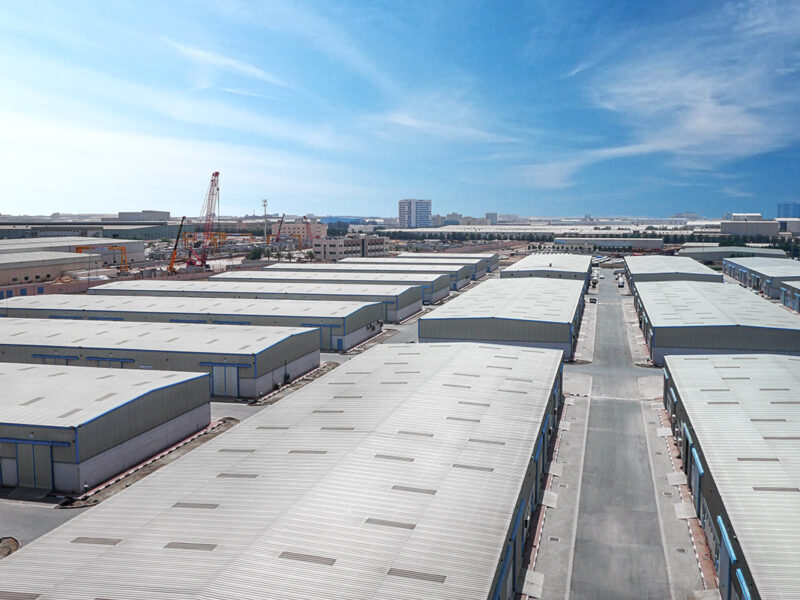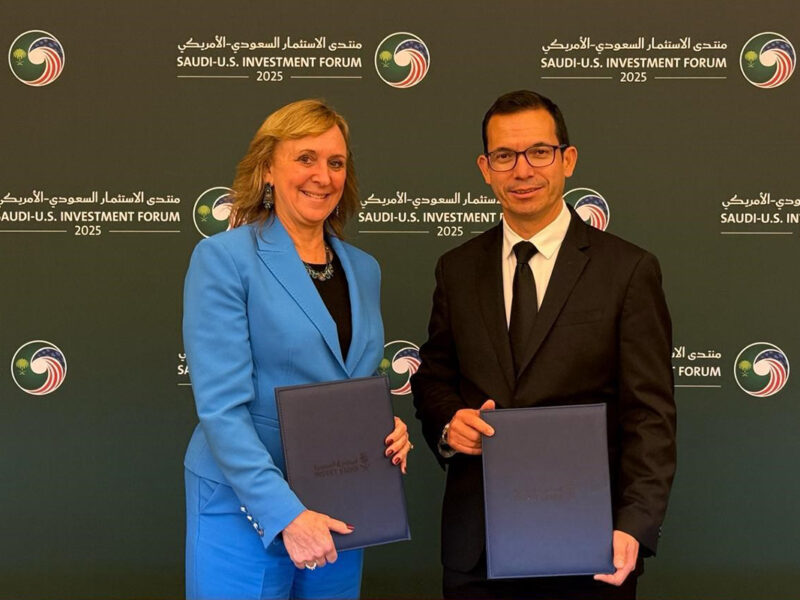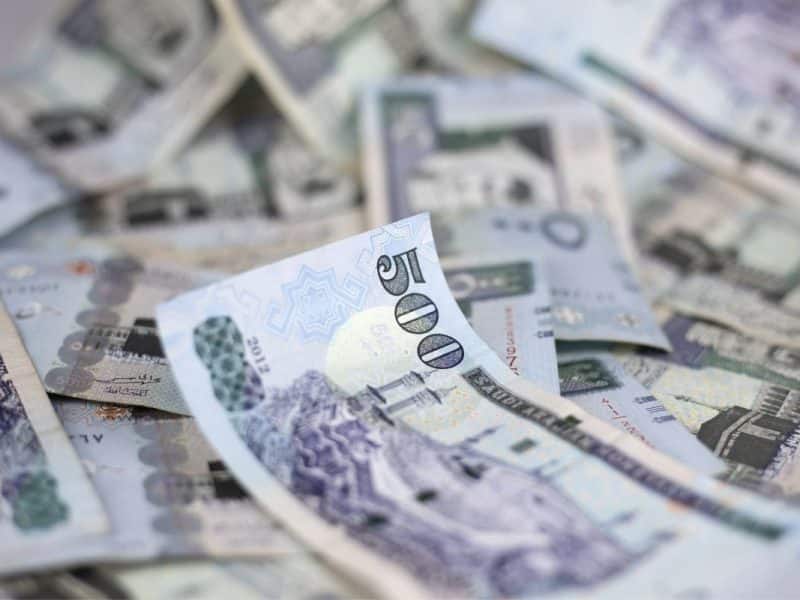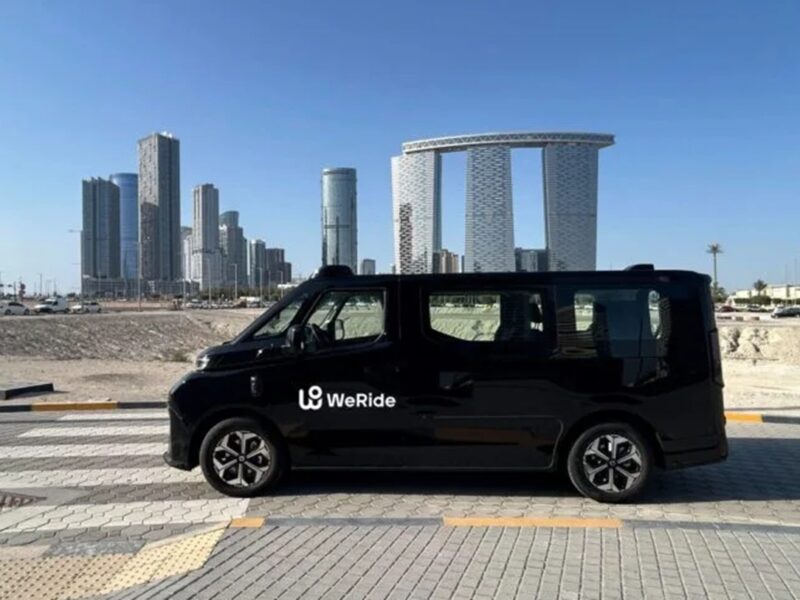Abu Dhabi’s green certification system gives best insight yet, into its content.
Officials and consultants responsible for creating the Abu Dhabi-led sustainability ranking system, Estidama, gave the clearest insight yet, into how buildings would be ranked at the Construction Week Building Sustainability into the Middle East Conference that took place in the UAE capital last week.
Based on what they described as the “four pillars: environmental, economic, social and cultural,” Estidama associates claimed the guidelines would be “appropriate, market sensitive, incremental and will raise the quality of the urban environment.”
“The Pearls Design System (PDS) is a voluntary green build rating tool for master plans and individual developments,” explained Estidama’s Amy Haddin.
“We’ve been testing and refining the system for the past few months and now have a categories-based classification, as can be seen on the Estidama website.”
Urban Planning Council (UPC) associate planner Aysha Abu Shahab explained that the whole rating system would be overseen by an Estidama assessor from the UPC, however each development team will have an Estidama trainer.
“It could be anyone in the design and development team – at least one person but it can be the whole team too. It’s the point of contact responsible for understanding regulations and supplemented design guides to facilitate PDS.
“Estidama trainers will have to pass an exam on the rating method carried out by a secure, independent service provider.”
The team admitted that they did not know how much the Estidama or PDS scheme would cost to participate in, although they maintained that it would be as low as possible; the associates also claimed that many lessons had been learnt from the ten-development-strong pilot programme that ran recently.
“We learnt that we’d set the bar too high and we needed to re-evaluate where the fifth Pearl would go,” continued Haddin.
“We also needed to simplify the tools and the language used, as well as creating a system that applied to more building types, rather than simply offices, residential and retail. So, future guidelines will apply to schools, health centres, hotels and resorts.”
The PDS works on a one to five basis and has six categories, each worth a different percentage of the total, based on its perceived importance. This also ensures that, if a development or community is unable to comply with certain guidelines, it may be able to make up points with absolute best practices in other areas.
The six categories are: living systems (12%), liveable communities/buildings (30%), precious water (22%), resourceful energy (22%), stewarding materials (12%) and innovative practice (2%).
Taking the resourceful energy category as an example, the section holds a sway of 22% of the overall rating; there are three pre-required points, seven additional credit areas with one of those a necessity for reaching a fifth Pearl rating.
The prerequisites are: minimum energy performance; energy monitoring and reporting; and ozone impacts of refrigerants and fire systems.The seven additional credits are: improved energy performance (5th Pearl); cool building strategies; energy efficient appliances; vertical transportation; peak load reduction; renewable energy; and global warming impacts of refrigerants and fire systems.
But why exactly will developers, already being bound by the Abu Dhabi building regulations and development codes, sign up to achieve Estidama rating?
“It’s all about doing the right thing,” said Estidama senior planning manager Gregory Acker.
“The real way to affect change is to find what resonates. What code do businesses hold themselves to?
“But, to be honest, this is an easy sell with the way that attitudes are changing these days. What we’re trying to do is find something that works in this region. We want to be the tide that raises all the ships.”
The government structure in the UAE is ideal, claimed Acker, with directives from the right source quickly taken on by industry. “Things can happen five times faster here than elsewhere.”
And now is the perfect time too, added Acker. “It’s always the case that in boom times, there’s not much time to look around for progression.
“Abu Dhabi has always been a little more thoughtful and considered, but the recession adds another layer to that – there’s less expediency and more focus on quality.”
And Acker conceded that, just as the sustainable industry will move on, Estidama will also have to evolve.
“It’s extremely fluid; version one is just version one. Like every rating system, Estidama will get wider and richer.
“It’s a given that things will move on and perhaps what is a three Peal today won’t be a three Pearl in years to come, but with flexibility you can continually raise the bar.
One thing I can promise is that we will always be extremely vigorous. There are a lot of Platinum Leed buildings, but there won’t be many fifth Pearls!”
By Jyoti Sharma, Senior education facilities design specialist, Abu Dhabi Education Council
1. The use of energy efficient lighting 2. By the use of solar panels 3. Using water efficient gadgets 4. Green roofs 5. Day lighting 6. Acoustic and thermal comfort 7. The use of low-emitting materials 8. Mold prevention 9. Alternative transportation like bicycles10. Recycling and joint or community use of facilities









